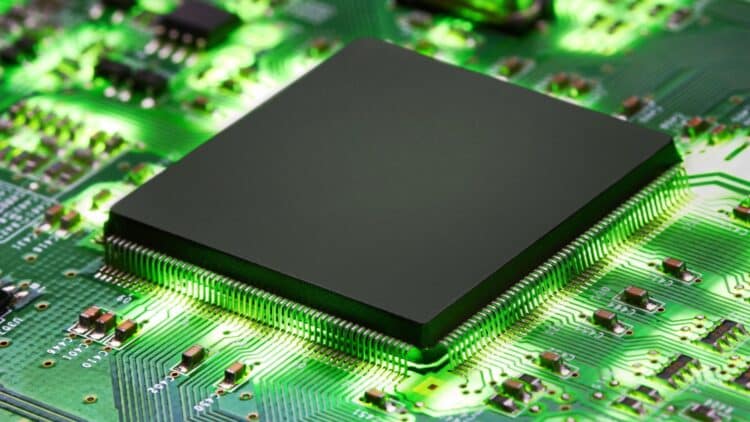The new model is called the LC9 Series and is aimed at generative artificial intelligence environments and data centers, which require high data storage capacity. But more than just numbers, this advancement raises an important question: what does this new release really change for businesses, users, and the future of computing? What can we expect from the future of SSD technology? Learn more about the subject to find out these answers.
The storage revolution surpasses the terabyte — how did we reach the 245TB mark?
The new LC9 Series model is a new release from Kioxia and represents an impressive feat of engineering. It features a compact 2.5-inch form factor; the SSD has so much storage capacity that it could store approximately 12,500 4K movies, an almost unbelievable number. To achieve this storage density, the company stacked 32 layers of 3D QLC BiCS FLASH memory, resulting in an 8 TB chip—a new world record.
The LC9 model isn’t focused on maximum speed, but it still delivers remarkable performance. It achieves sequential reads of up to 12 GB/s and writes of up to 3 GB/s. Kioxia aims to balance the device’s capacity with energy efficiency, mitigating common issues in data centers, especially those still relying on traditional hard drives. The result is a device capable of replacing dozens of conventional drives with lower power consumption and better cooling.
The LC9 represents much more than a technical achievement for the technology sector; it represents a paradigm shift. In a market where every byte counts, the ability to concentrate enormous volumes of data in a single device opens up new ways of operating these systems, optimizing physical space and energy.
What will the new global SSD race look like with the launch of the LC9 model?
With this launch, Kioxia is heating the global competition for leadership in the next generation of enterprise SSDs. Some companies, such as Samsung, Solid State Drives, and Micron, are also investing in PCIe Gen5 storage drives, but none of them have reached the extraordinary 245 TB mark. This scenario has been driven by the demand for generative AI and massive databases, and storage has become the new battleground for this area of technological innovation.
This new race for greater SSD capacity isn’t just about performance, but also about product cost and the sustainability involved in its creation and storage process. By enabling a single SSD to replace dozens of hard drives, Kioxia prioritizes reducing energy consumption and cooling in data centers.
Security and longevity in focus
The LC9 Series also advances the product in terms of security and durability, two increasingly important factors. It supports AES-256 encryption, which is a digital signature compatible with post-quantum security standards and algorithms recognized by CNSA 2.0—a set adopted by US government agencies. All this enhanced protection aims to prevent firmware tampering and protect sensitive data against emerging threats.
What the LC9 represents and the next steps for the future of the SSD market
The LC9 is a model designed not only to impress with numbers, but to be practical and functional on a large scale for large technology companies and data centers. It’s not a laboratory prototype, but an important piece of infrastructure ready for the challenges of a data-driven world.
Kioxia’s 245 TB SSD represents a new chapter in the history of digital storage. It’s the perfect combination of high capacity, efficiency, and security, all within a single drive. Besides being an important technical advancement, it symbolizes the transition to the future of computing, which will depend on both processing speed and the ability to store and move information intelligently.


